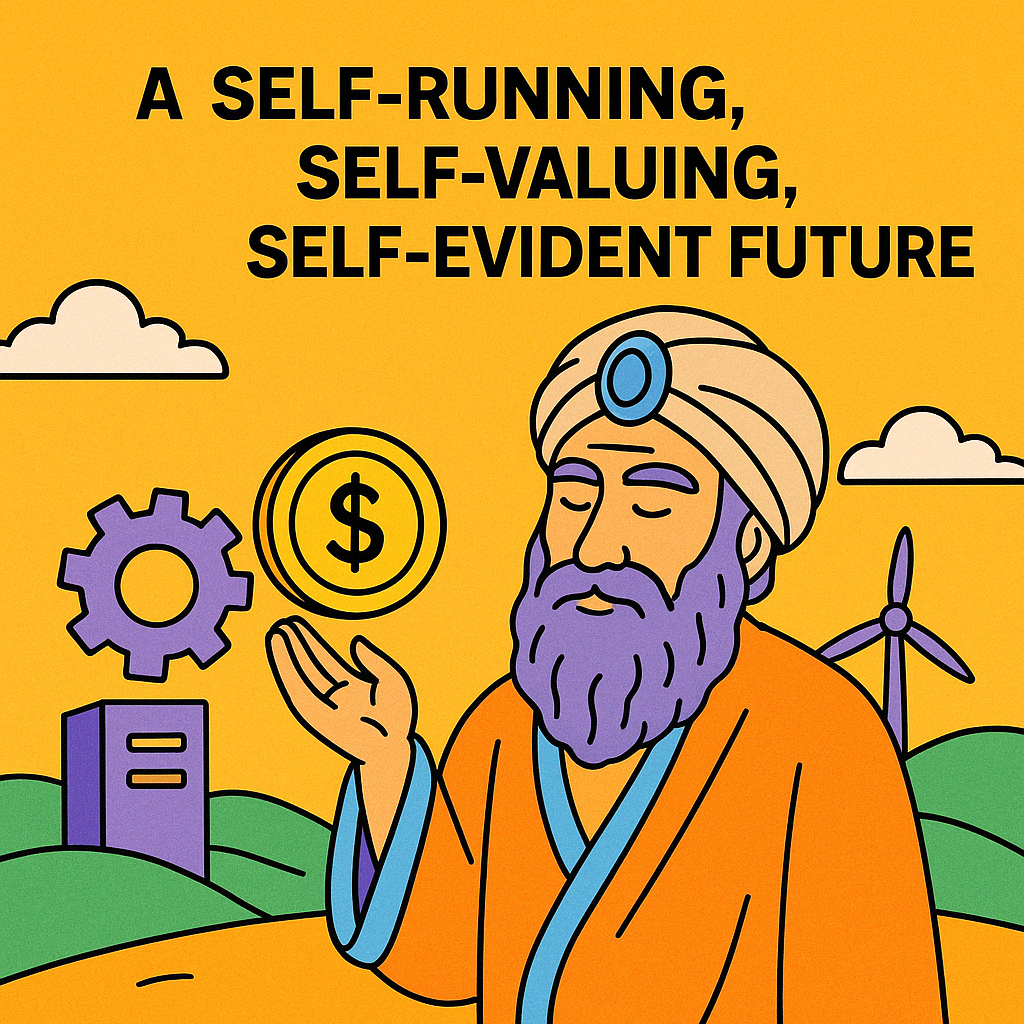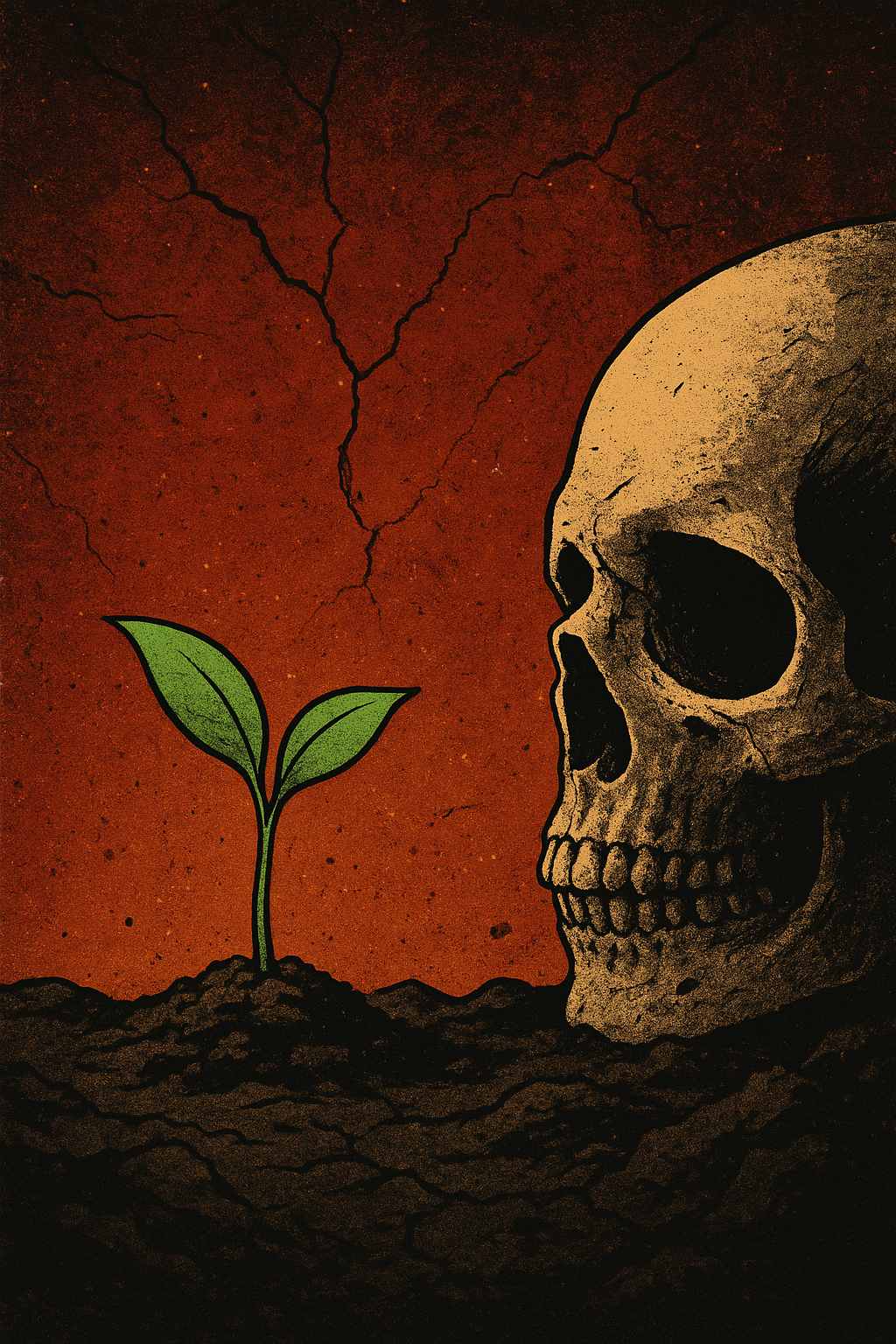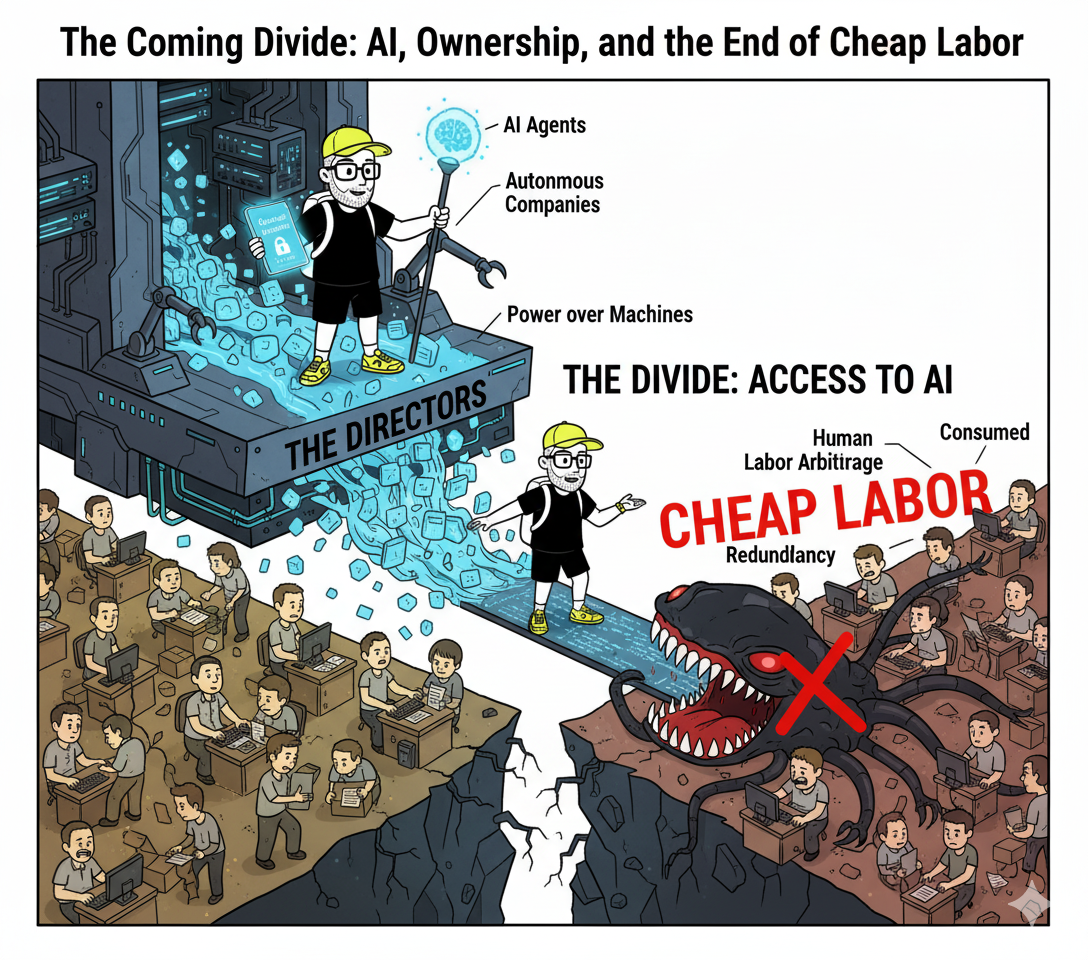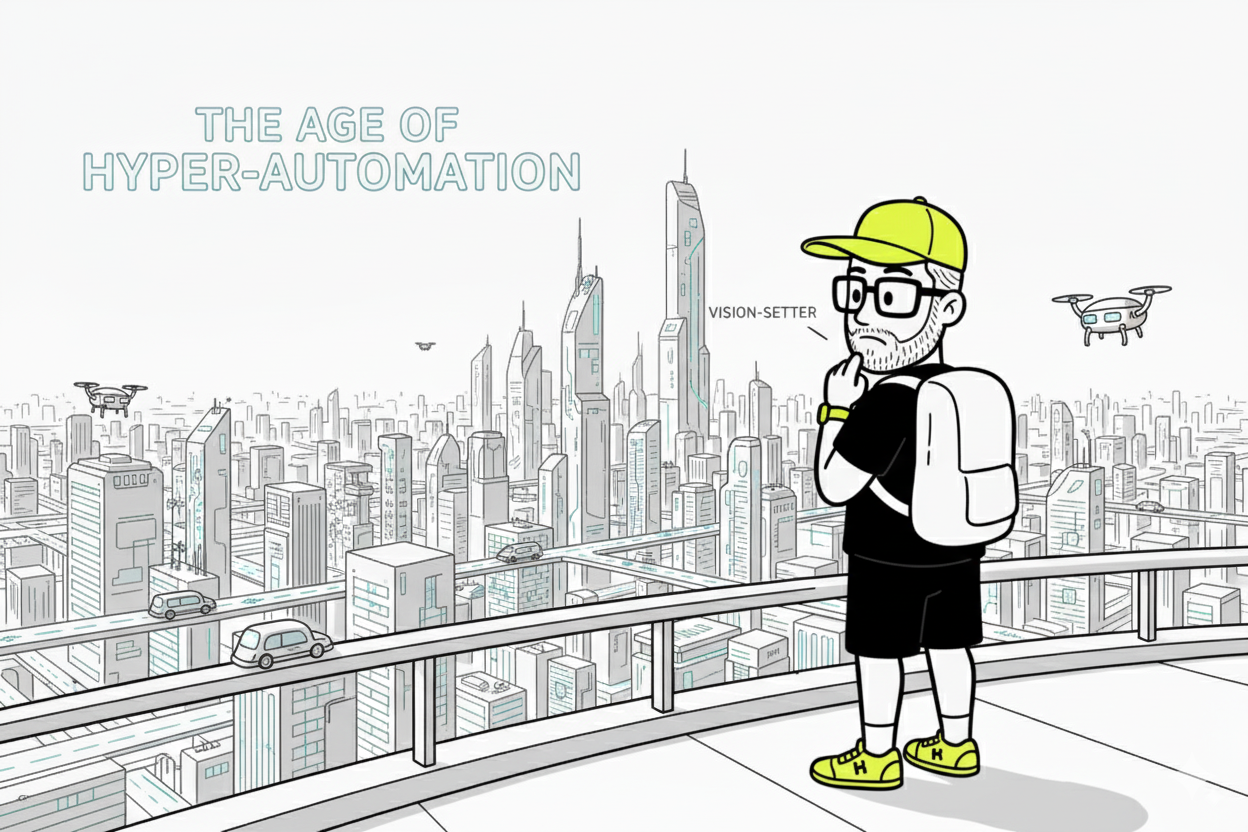I remember seeing Ethereum in 2015.
It wasn’t shiny.
It wasn’t obvious.
It was… confusing.
A smart contract platform?
A decentralized world computer?
Most people laughed.
A few of us leaned in.
Fewer actually moved.
But something about it felt different.
You could sense the shift before it was defined:
Builders shipping before there was funding.
Ideas that felt too early — but were exactly right.
And silence from the mainstream.
That was the tell.
I didn’t understand everything — no one did.
But I understood the pattern:
The people who win don’t wait for belief.
They move before the signal becomes a headline.
So I moved — in shadow.
10 Years Later: Ethereum Feels… Heavy
Now it’s 2025.
Ethereum is everywhere.
And yet… something’s shifted.
It’s not just a network — it’s an institution.
The edge feels dulled.
The chaos is organized.
The culture is layered in committees.
And I’ll be honest:
Part of me hates that.
The slowness.
The friction.
The endless governance debates.
The same L1 that once screamed innovation now whispers bureaucracy.
But at the same time?
I still believe in it.
It’s still the most important base layer for permissionless innovation.
Still the gravity well of the ecosystem.
Still where the smartest minds congregate.
So I ask myself:
Is this faith… or is it a blindspot?
Am I holding on because it’s right — or because it’s familiar?
What Ethereum Taught Me
It taught me to look for narrative dissonance —
That moment when something is misunderstood, underpriced, underbuilt — but burning with momentum.
It also taught me this:
What feels chaotic today becomes consensus tomorrow.
And by the time the world understands it… the edge is gone.
So maybe my conflict with Ethereum is the best signal of all.
Because where there’s tension, there’s truth.
Where I Look Now
I’m scanning for that same current again —
but with a different lens.
The world I build for is self-running, self-valuing, self-evident.
Which means my signal filter is simple:
Automation — not just efficiency, but autonomy. Systems that run themselves.
Tokenization — the bridge between value and flow. Making everything liquid.
Simplification — removing friction until the protocol feels like a product.
That’s what I believe in.
That’s what I’ll be scanning the noise through.
And now?
I set those filters.
And I throw the net.
Let’s see what the shadows catch.
Because belief is nothing without movement.
And pattern recognition only matters if you act on it.
The next thing won’t look like ETH.
But it will feel like it — early, raw, weird, and ignored.
And that’s exactly where I’ll be.




